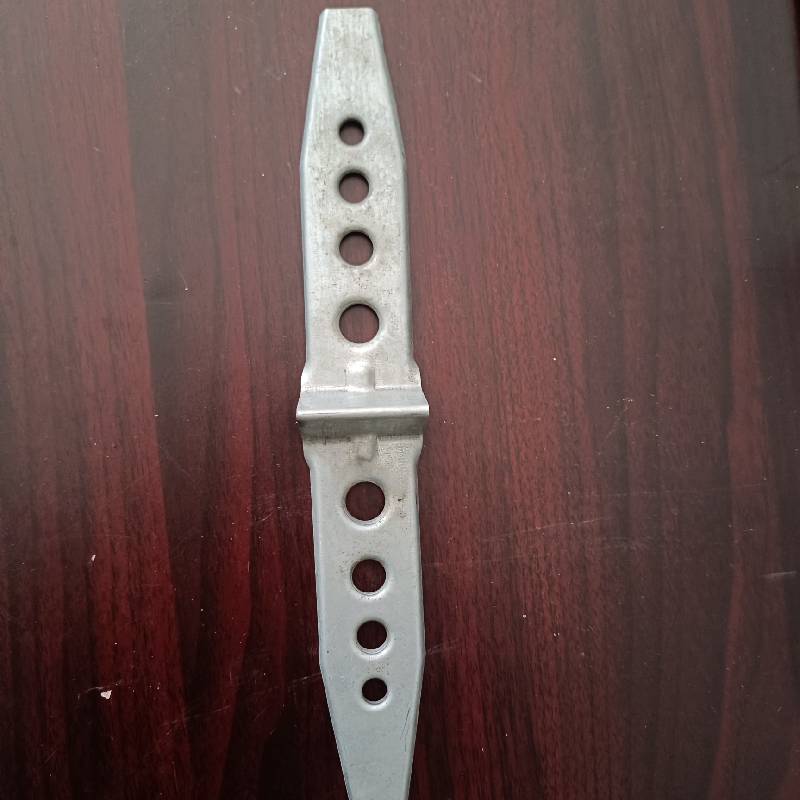
- Mobile Phone
- +8613931874955
- sales@cntcmetal.com
Exploring the Benefits and Applications of Metal Wall Ties in Contemporary Construction Projects
Understanding Metal Wall Ties Essential Components for Structural Integrity
When it comes to construction, the integrity and stability of a building are of paramount importance. One critical element that plays a significant role in ensuring that stability is the metal wall tie. Wall ties are used in masonry constructions to connect two separable wall sections, providing structural support and preventing the walls from collapsing or separating. This article delves into the significance of metal wall ties, their types, and their applications in modern construction.
What Are Wall Ties?
Wall ties are typically made of metal and are used to bond two different walls, usually a brick or stone outer leaf and a block or concrete inner leaf. They serve to keep the walls aligned and stable, particularly in cavity wall constructions where two walls are separated by a gap. The importance of these ties cannot be overstated, as they help to carry loads across the cavity, ensure moisture control, and reinforce the structural integrity of the building.
Types of Metal Wall Ties
Metal wall ties are available in various designs and materials, each suited for different construction needs
. The most common types include1. Stainless Steel Wall Ties These ties are corrosion-resistant, making them suitable for a wide range of environments, including coastal areas where salt exposure can lead to rapid deterioration of standard steel.
2. Galvanized Steel Wall Ties These ties are coated with a layer of zinc, providing a barrier against rust and corrosion. Galvanized ties are a popular choice for many builders due to their affordability and effectiveness.
3. Plastic Wall Ties While not metal per se, some modern construction uses plastic wall ties that provide excellent resistance to corrosion and thermal performance. However, the strength of these ties may not match that of metal options.
metal wall ties

4. Resin-Bonded Wall Ties These ties use advanced polymer materials that can withstand harsh conditions and provide superior anchoring, especially in environments where traditional ties may fail.
Applications of Metal Wall Ties
In contemporary construction, metal wall ties find applications in a variety of projects, from residential buildings to commercial complexes. They are often employed in
- Cavity Wall Construction In homes where insulation is crucial, cavity wall construction is common. Metal wall ties help maintain the stability of the wall while accommodating insulation materials within the cavity.
- Bridging Cavity Widths In situations where the cavity width between wall leaves varies, wall ties bridge that width and maintain wall alignment.
- Resisting Lateral Forces Buildings are subjected to various forces, including wind loads and seismic activity. Metal wall ties help resist these lateral forces, ensuring that the walls remain securely anchored and aligned.
Conclusion
Metal wall ties are vital components in modern masonry construction, offering strength, stability, and durability. Choosing the right type of wall tie depends on numerous factors, including the building’s location, environmental conditions, and specific structural requirements. As construction practices continue to evolve, the materials and methods used for wall ties will also advance, ensuring that they meet the demands of contemporary architecture. Ultimately, investing in high-quality metal wall ties is crucial for any construction project, as they contribute significantly to the longevity and safety of a building, making them indispensable in any builder’s toolkit.
share:
-
Your Source for Concrete Wall Ties and Masonry AccessoriesNewsJul.10,2025
-
Unlocking the Power of Iron Wire for Every ProjectNewsJul.10,2025
-
Explore Advanced Chain Wire and Stainless Steel Mesh FencingNewsJul.10,2025
-
Discover the Benefits of Annealed Wire ProductsNewsJul.10,2025
-
Discover China Stainless Steel Wire Mesh SolutionsNewsJul.10,2025
-
Build with Confidence Using High-Performance Masonry AccessoriesNewsJul.10,2025
-
Why Sacrificial Formwork Is Redefining Underground ConstructionNewsJun.06,2025



















